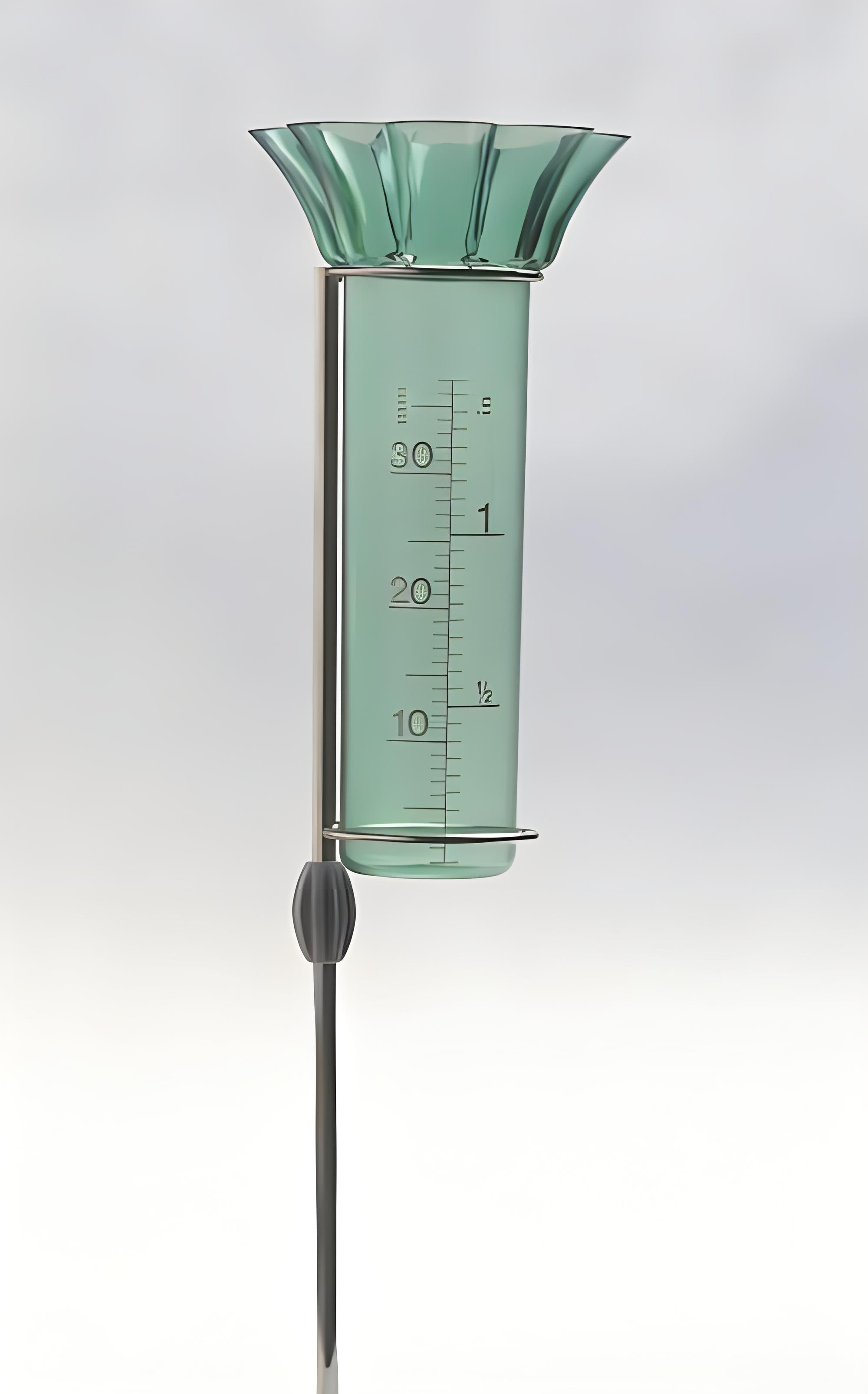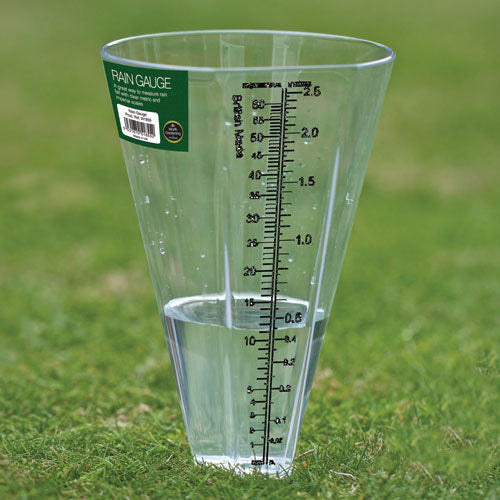Why Every Homeowner Must Think About Purchasing a High-Accuracy Rain Gauge
Why Every Homeowner Must Think About Purchasing a High-Accuracy Rain Gauge
Blog Article
Introducing the Science Behind Rainfall Gauges: How These Instruments Play a Critical Duty in Environment Research and Ecological Surveillance
Rain gauges, apparently simple gadgets, hold an extensive relevance in the world of climate research study and ecological monitoring. These plain instruments silently accumulate among nature's most important aspects-- rains. Yet, behind their unpretentious facade lies an intricate scientific research that is essential for comprehending the characteristics of our setting. As we peel off back the layers of this scientific shroud surrounding rainfall gauges, we discover a world where precision, data precision, and thorough observation merge to reveal a much deeper understanding of our changing climate and its effect on the earth.
Value of Rain Scales
Rain evaluates play a crucial duty in tracking and measuring rainfall degrees, giving essential information for environment research and evaluation. These devices are essential in measuring the quantity of rainfall that occurs in a specific area over a specific period. By collecting and gauging rain, rain determines offer useful understandings into the distribution and strength of precipitation, assisting meteorologists, hydrologists, and climatologists in comprehending weather patterns and fads.
One of the vital reasons rainfall evaluates are vital is their capability to provide localized and precise data. Unlike satellite or radar-based dimensions, which provide broader monitorings, rainfall assesses deal accurate information specific to the location where they are placed. This local data is crucial for different applications, including flood projecting, dry spell tracking, and water resource administration. Additionally, long-term information gathered from rainfall gauges assists in assessing environment modification influences and patterns, adding substantially to clinical study and decision-making processes. In essence, rain determines function as crucial devices in the field of meteorology and environmental scientific research, playing a crucial function ahead of time our understanding of climate and environment dynamics.
Sorts Of Rainfall Scales

Capability and Operation
In the world of environment research study and meteorological researches, the efficiency of rain determines lies in their elaborate performance and accurate functional systems. Rainfall gauges are developed to accurately gauge the quantity of precipitation that falls over a particular location during a set period.
The capability of rain gauges is based on the concept of collecting and determining rain in a standardized manner. This collected information is vital for comprehending neighborhood weather patterns, tracking lasting environment patterns, and assessing environmental influences. To guarantee exact measurements, rain determines need to be tactically positioned in open areas away from blockages such as structures or trees that can disrupt the collection process.
The functional aspect of rain evaluates entails normal maintenance to avoid particles build-up, calibration checks to maintain dimension precision, and data videotaping for analysis (rain Recommended Reading gauge). Overall, the capability and procedure of rainfall gauges are crucial for collecting reliable precipitation data important to climate research study and ecological tracking
Function in Environment Research Study
Provided the important relevance of exact rainfall dimensions in recognizing climate patterns and ecological effects, the function of rain evaluates in climate research is essential. Rain evaluates provide important data for environment study by evaluating the quantity of rainfall that drops over a certain location during a given duration. This information is critical for keeping track of long-lasting trends in precipitation patterns, assessing the impact of climate modification on rainfall distribution, and boosting climate designs.

Climate researchers use data accumulated from rainfall gauges to analyze variations in precipitation levels, determine regional environment trends, and assess the efficiency of water source management approaches. By comparing historic rainfall information with current dimensions, scientists can find shifts in rainfall patterns, such as changes in the frequency or strength of rainfall events. This details is important for recognizing how environment adjustment is influencing precipitation characteristics and can help policymakers make notified choices relating to adjustment and reduction methods.
Applications in Ecological Surveillance

In flooding forecasting, rain scale information aids to track rainfall intensity and distribution, allowing authorities to release prompt cautions and take essential measures to alleviate flood risks (rain gauge). Dry spell surveillance relies upon rain gauge information to evaluate moisture levels in the dirt and track precipitation deficits, assisting in the recognition of drought-prone areas and the application of dry spell feedback approaches
Additionally, rain scale data plays an important duty in water resource monitoring by providing info on water accessibility and use trends. This information is used to make enlightened decisions relating to water appropriation, preservation procedures, and sustainable water source planning. Additionally, in agriculture, rain scale data aids farmers in enhancing watering timetables, plant option, and overall ranch management practices based on local precipitation patterns. In general, rainfall gauges are see essential devices in ecological tracking, supplying important understandings that add to notified decision-making and lasting resource administration.
Final Thought
In final thought, rainfall gauges are vital devices for determining rainfall, supplying useful information for environment study and ecological surveillance. With numerous kinds and capabilities, rainfall assesses play a critical duty in recognizing rainfall patterns and their influence on the setting. By precisely determining rainfall, these devices contribute to the improvement of scientific understanding and help in making informed decisions pertaining to water resource management and calamity readiness.
Rain gauges play an important role in monitoring and gauging rainfall levels, providing essential data for environment research study and analysis. The standard rainfall gauge, known as the "tipping pail" scale, is one of the most frequently utilized devices. Ultrasonic rainfall assesses use audio waves to find find the existence of rain, giving real-time data on precipitation degrees.Climate scientists use data collected from rainfall determines to examine variations in rainfall levels, recognize regional environment patterns, and evaluate the efficiency of water resource monitoring techniques.In verdict, rain determines are necessary tools for gauging precipitation, supplying valuable information for climate research study and ecological tracking.
Report this page